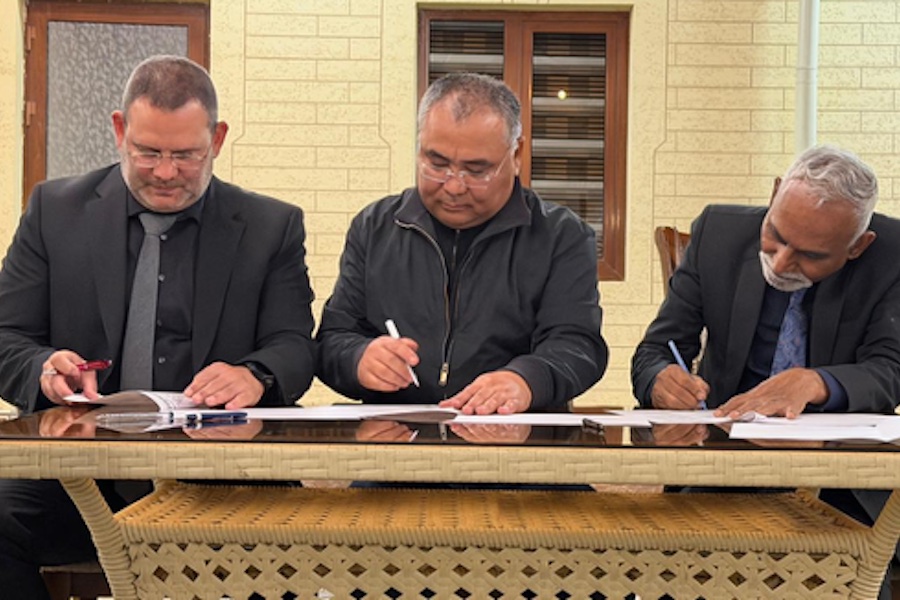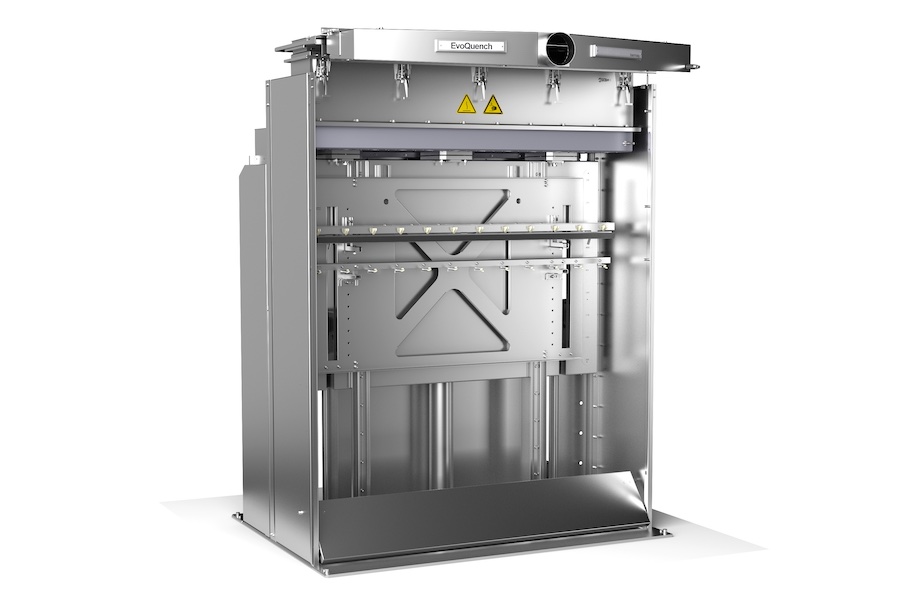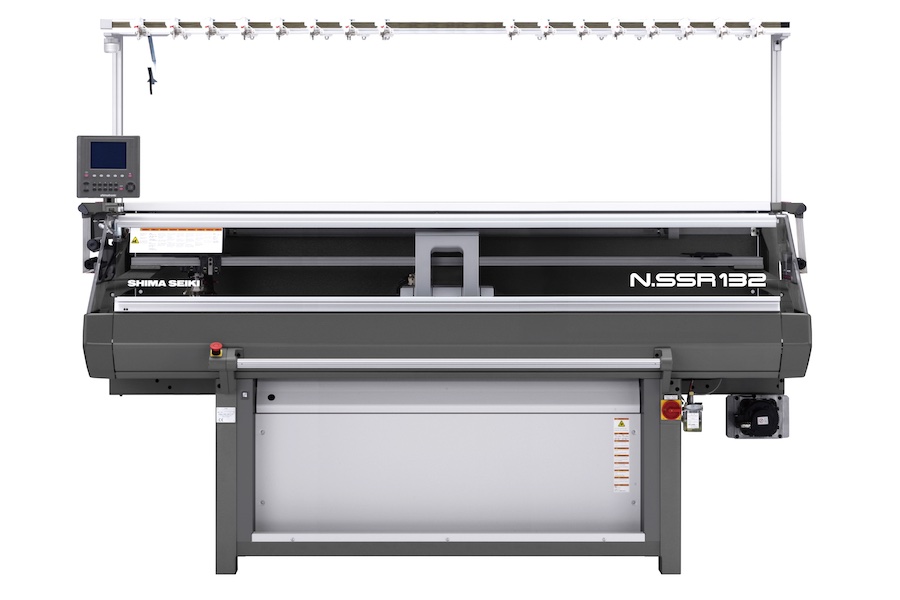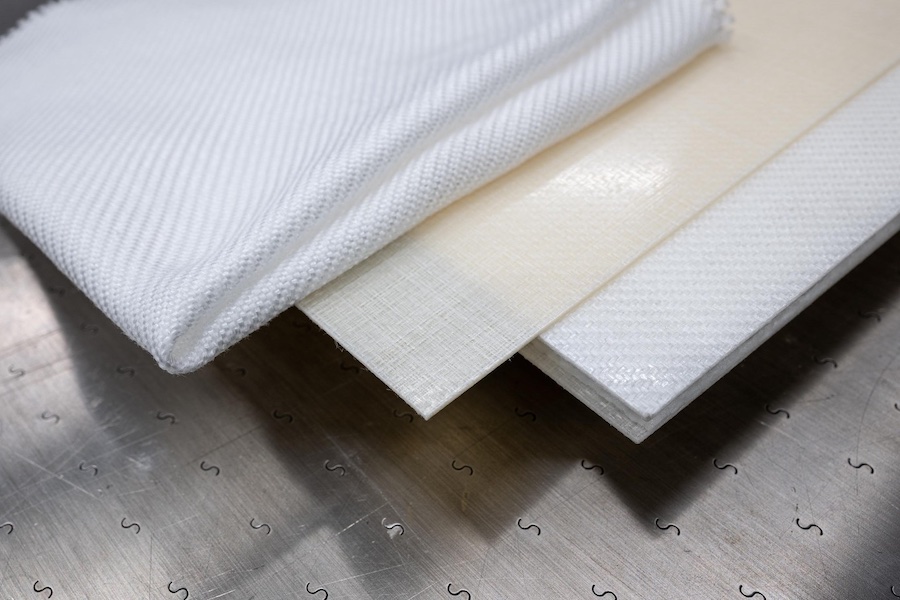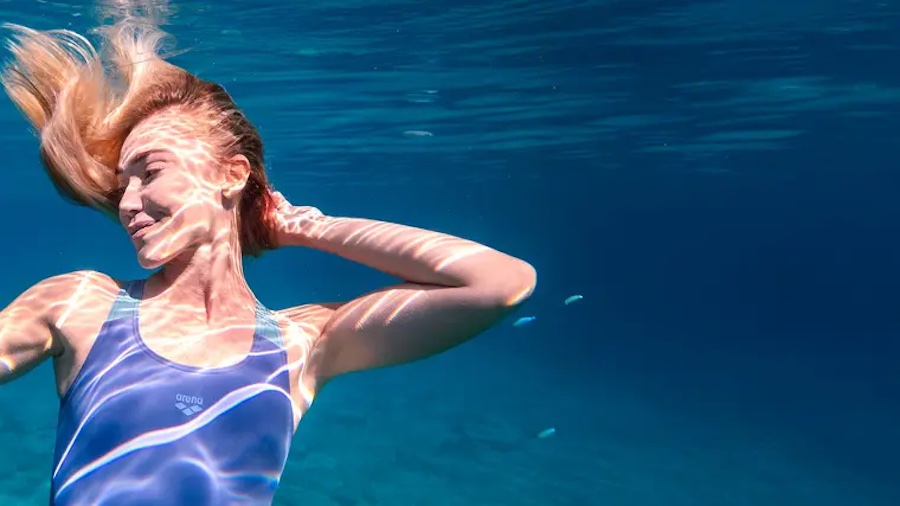#Raw Materials
Kraig Biocraft Laboratories announces breakthrough transgenic development
Darwin’s bark spider silk has been documented by some studies as the toughest biological material ever measured, over 10 times tougher than para-aramid fibers, the material used in bulletproof vests and other high-strength applications. Drawing upon these insights, Kraig Labs has successfully incorporated key genetic elements of this remarkable silk into its proprietary transgenic silkworms to create a scalable production system for this amazing material.
“This breakthrough underscores our commitment to pioneering cutting-edge materials inspired by nature’s most extraordinary designs,” said Kim Thompson, Founder and CEO of Kraig Biocraft Laboratories. “By leveraging the unique properties of Darwin’s bark spider silk, we are advancing the boundaries of what’s possible in biomaterial science and bringing us closer to commercial-scale production of ultra-high-performance fibers.”
The Company’s research team has integrated key genetic sequences derived from Darwin’s bark spider silk proteins into silkworms. This process combines the strength and elasticity of the Darwin’s bark spider silk with the efficiency of traditional silkworm silk production. This new transgenic marks the next in a series of transformative materials that Kraig Labs is developing for the textile, defense, medical, and industrial sectors.
“We recently reported that our molecular biology team was firing on all cylinders. Today’s announcement is a public disclosure of just one of the many breakthroughs that they recently achieved,” said COO of Kraig Labs, Jon Rice. “I expect that 2025 will be a year filled with many new and exciting developments from our labs while our production team delivers metric ton production of our existing hybrids.”
The Company sees this breakthrough as further reinforcement of its leading position in sustainable spider silk-based supermaterials. The Company’s transgenic silk technology not only opens the door for new commercial applications but also represents a significant step towards reducing environmental impacts in textile manufacturing.



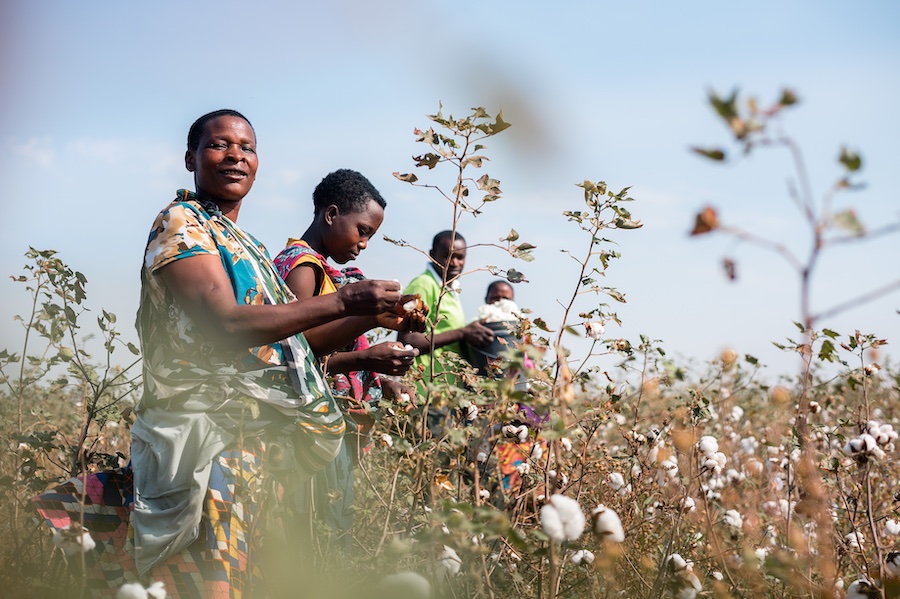

canva-900-1.jpg)
